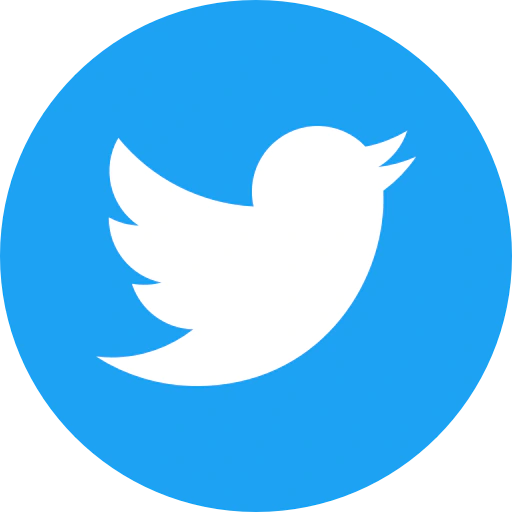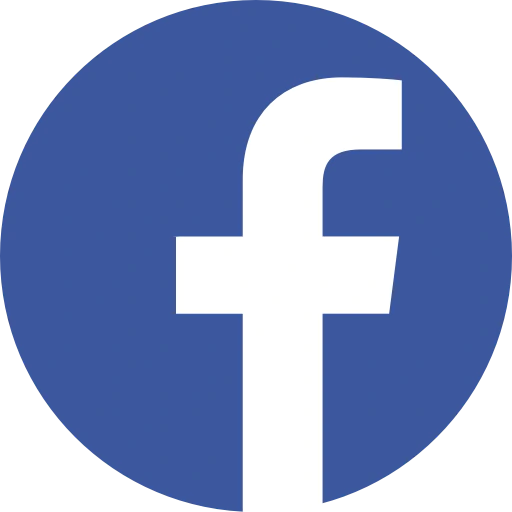Well look at me with egg on my face. Earlier this month, Microsoft announced that they were going to show off the "next generation of Windows" during an event set for today (June 24th). I was so sure that it was just going to be an update to Windows 10 because, well, Microsoft said that Windows 10 was going to be the "last" version of Windows that they release.
Well look who was wrong. This guy! Windows 11 was announced today after all. Of course, if you've been keeping up with any sort of tech news in the past week, you'll probably have already seen tons of articles, videos, and images from a leaked build of Windows 11 that made its way online and into the hands of eager testers.
Today, Microsoft made it official. Windows 11 is coming. Microsoft says that it will be released at some nebulous point this Fall and it will be a free upgrade for all existing Windows 10 users. The upgrade to Windows 11 will be optional, meaning that you can stick with Windows 10 through to 2025 when support for that operating system is set to end.
Those of you who are enrolled as a Windows Insider in the Dev Channel can begin testing Windows 11 starting the week of June 28. This is very much a "cutting edge" channel for operating system builds and isn't recommended for use on your daily driver computer. You can, if you want, but you should expect to run into plenty of bugs and issues.
Windows 11 largely seems like a fresh coat of paint over a core that is still very much Windows 10. It has a new user interface that was made for "ease of use" in mind. You can now use the new "Snap Navigator" built into the maximize button to snap windows to predetermined locations on your screen. This is instead of dragging windows to the sides like you used to do.
The Start menu does away with live tiles and replaces them with a grid of icons that can be rearranged as you desire. Also by default, the Start menu and Taskbar icons are now centered. You can however move them back to the left side for that familiar location.
Windows 11 will also come with Microsoft Teams integrated into it. Users will be able to quickly share text, images, documents, as well as chat and make video calls directly from the Taskbar. It will also support texting via SMS to Androids and iPhones. The inclusion of Teams means that Skype will no longer be pre-installed in the new operating system.
Microsoft is also adding a new lock screen and modern-ish File Explorer UI. Unfortunately, it still doesn't look like tabs have made their way into Explorer yet. At this point, I'm not sure if tabs will ever officially be implemented into Windows.
There is a new Widgets panel added. This area includes various items such as a To Do list, your Calendar, Photos, and news powered by MSN. If you have the "News and Interests" weather thing that showed up in your Windows 10 Taskbar recently, you probably have some idea of what to expect with this new Widgets panel in 11.
Windows 11 also features improvements for tablet use. New gestures and features will make using Windows 11 on a tablet much easier. Hitboxes around app windows has been increased. You can now resize them more easily when using touch. There's also some new animations that will benefit those using touch. There are now three and four finger gestures to swipe away apps or open Task View.
The Microsoft Store is also getting a significant revamp. This new store will feature a better looking UI that blends in better with the rest of the operating system. App developers can now submit Win32 apps in either EXE or MSI form. Devs can now also make use of their own CDN (content delivery networks), their own commerce platforms, and more without dealing with Microsoft. This should allow for most any program to be listed on the Microsoft Store now, instead of just UWP apps. Furthermore, Microsoft is also adding support for Android native apps, allowing you to run Android apps on Windows 11 without any additional workarounds. RIP BlueStacks.
Microsoft says that with Windows 11, they are shifting back to having just one major update release per year. With Windows 10, they often tried to do two per year and they struggled as a result. Going back to one update per year will allow Microsoft to have more time to build features for each release while also hopefully tackling more bugs ahead of the public having to deal with them.
There are also some gaming benefits added in Windows 11, which we will talk about in a separate article.

